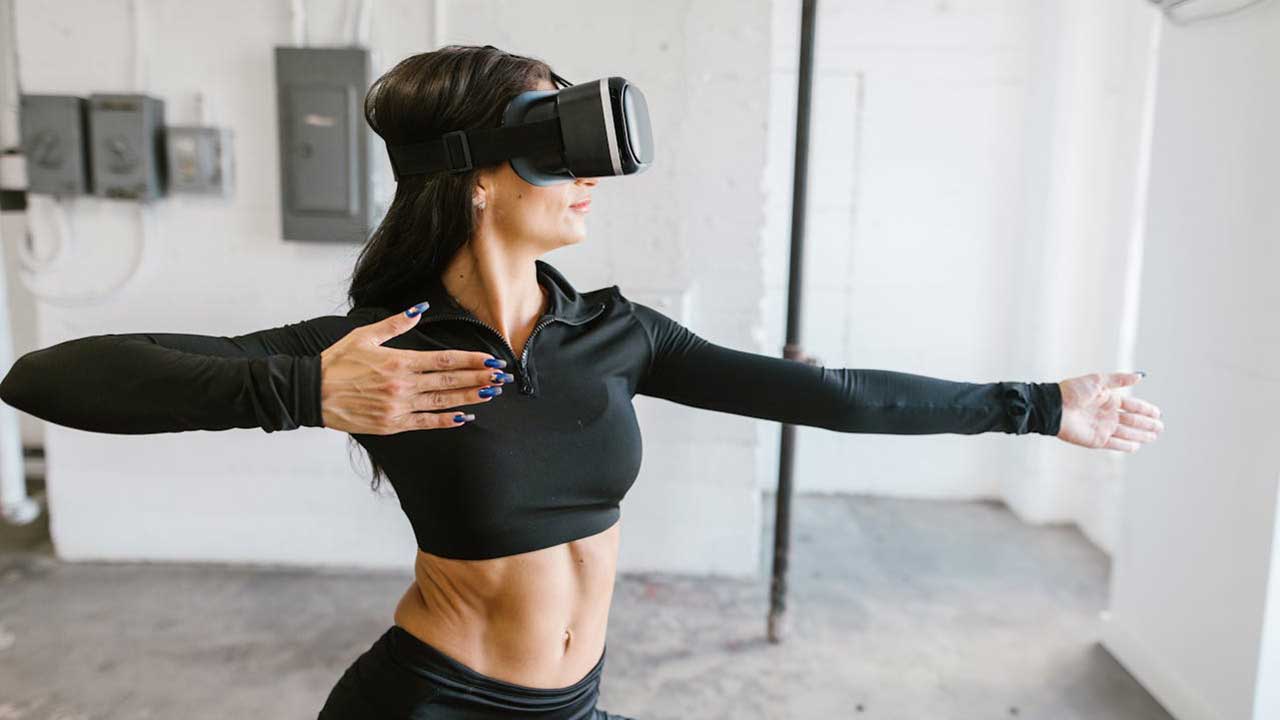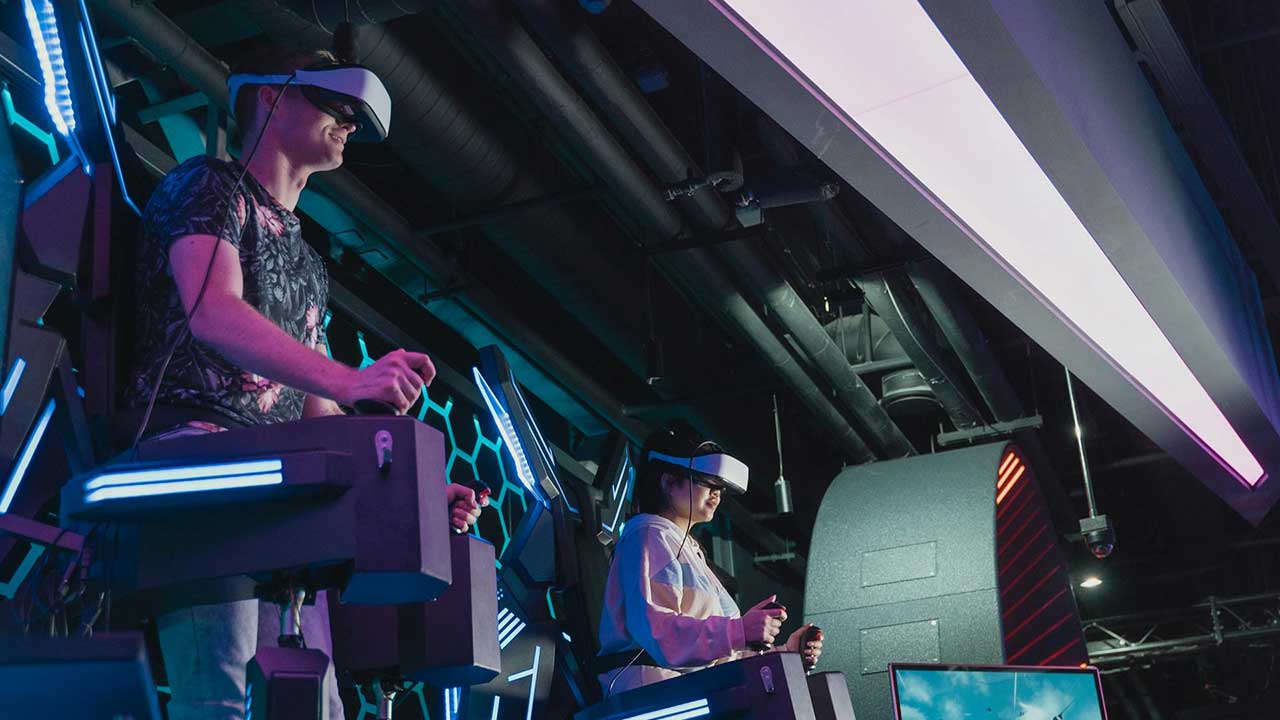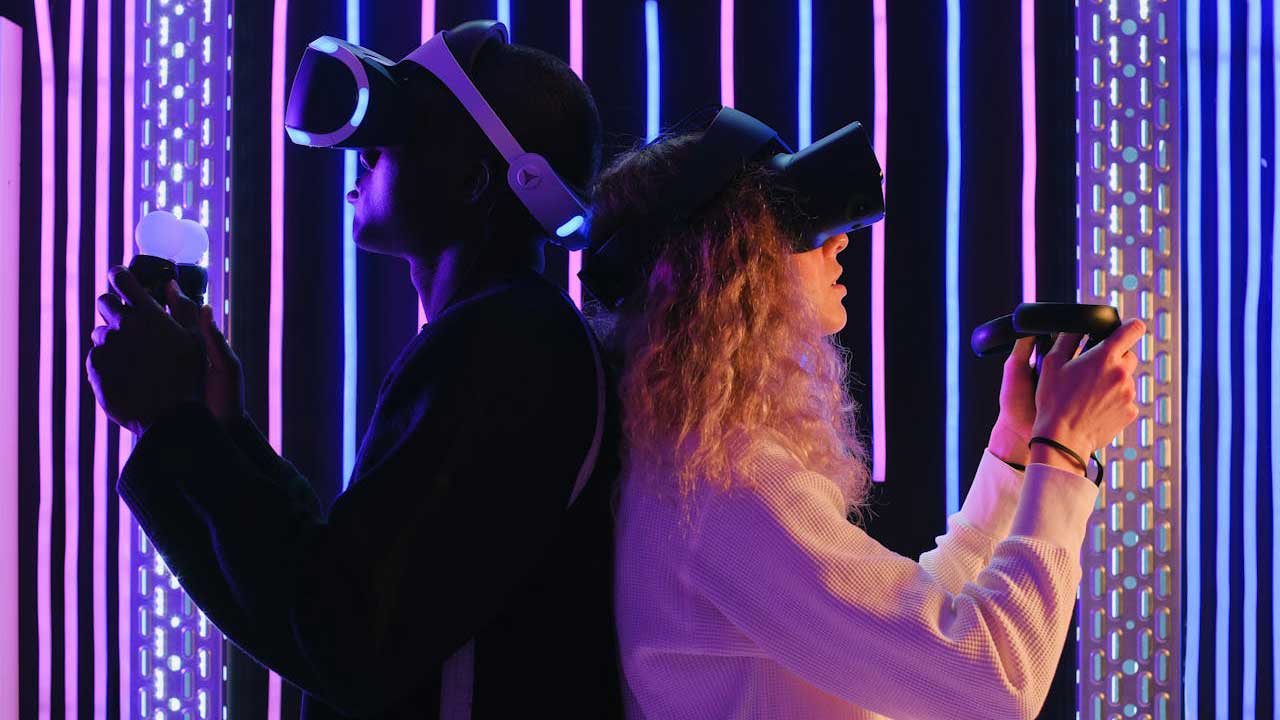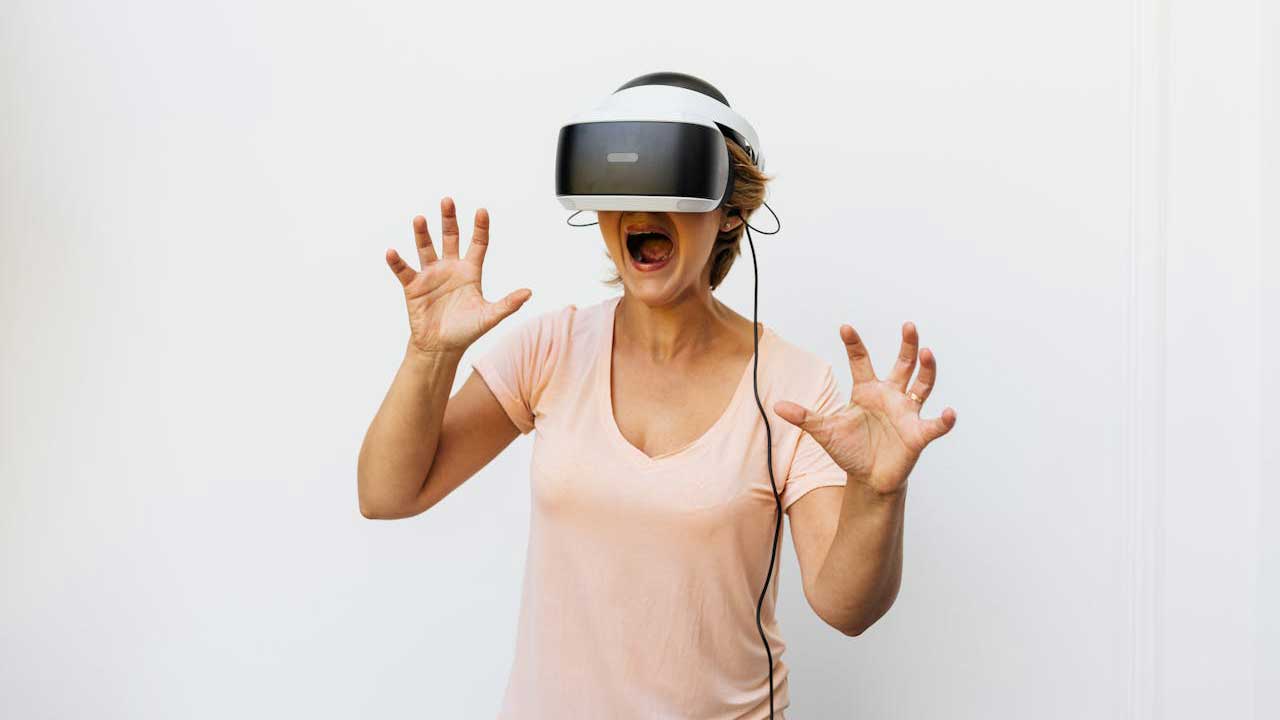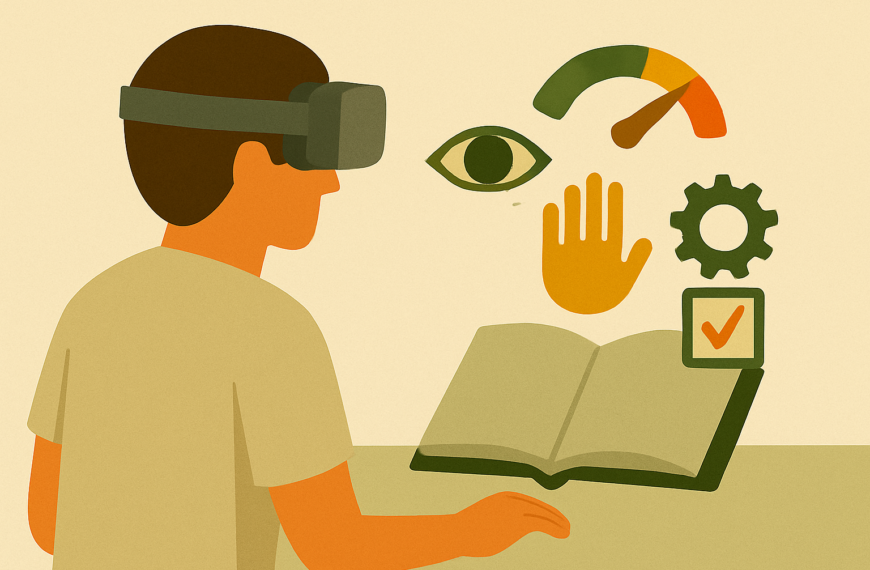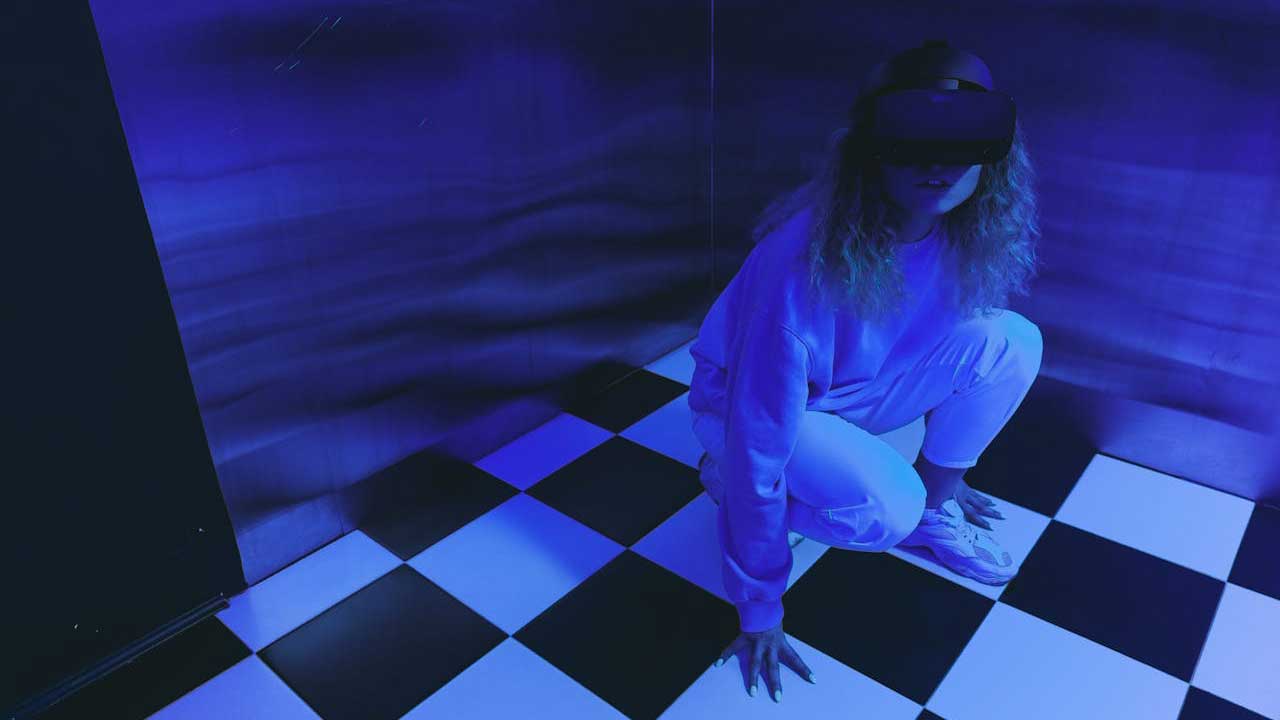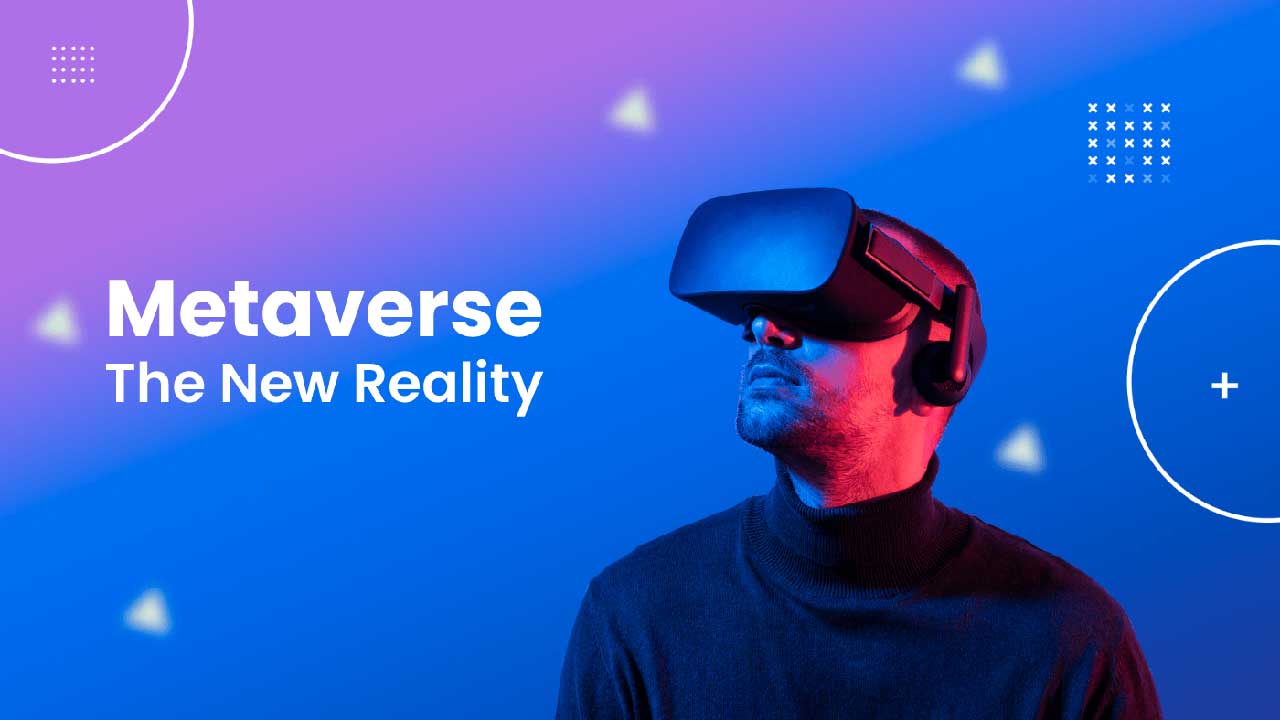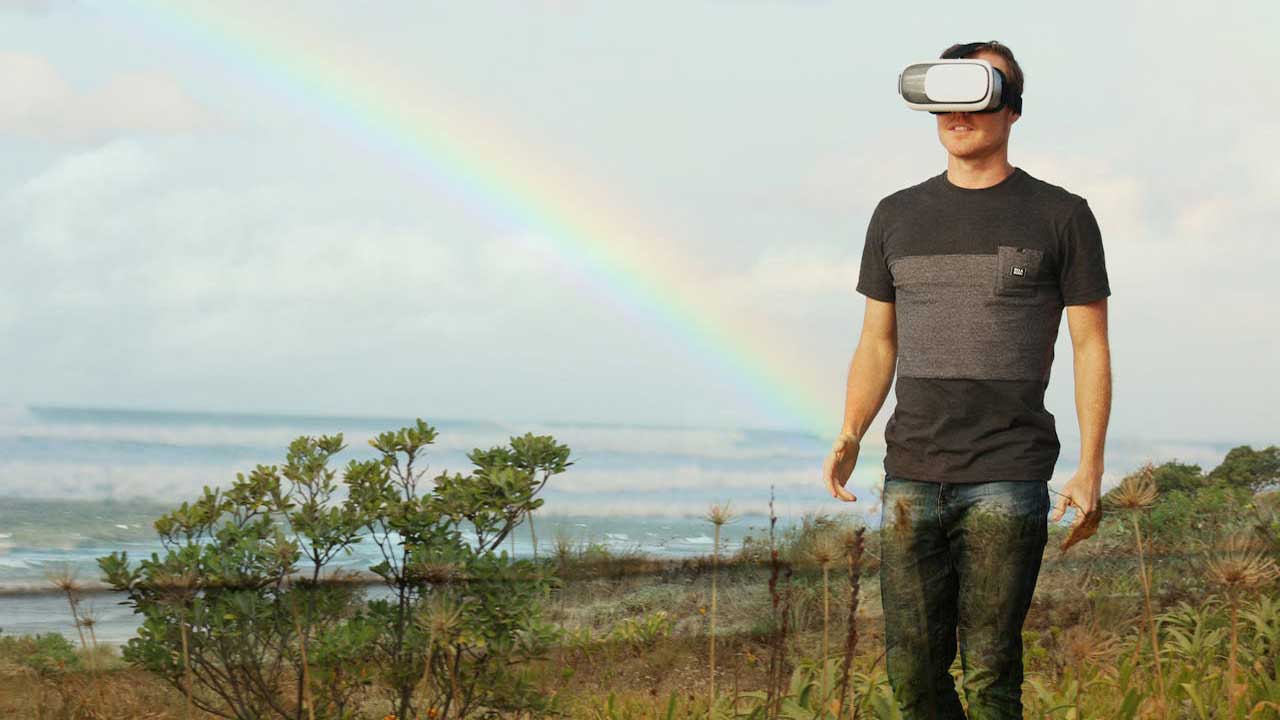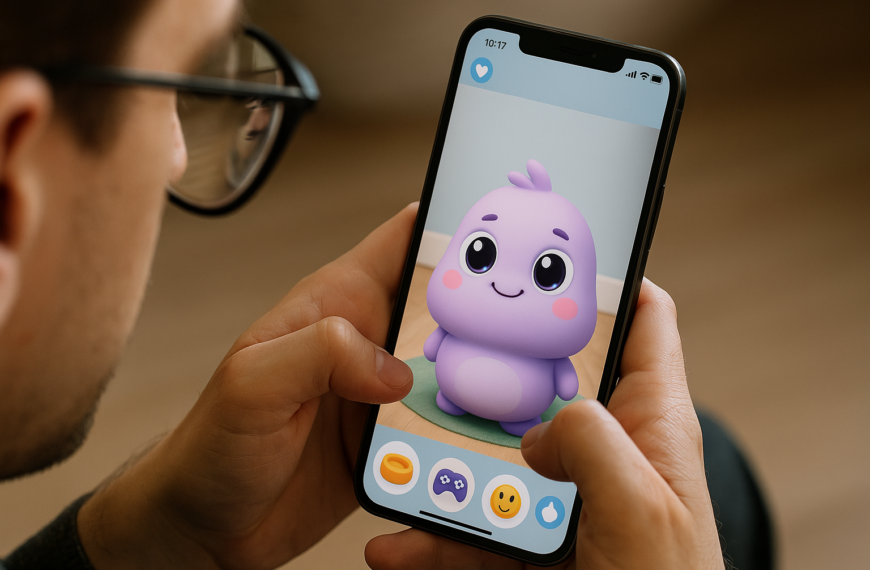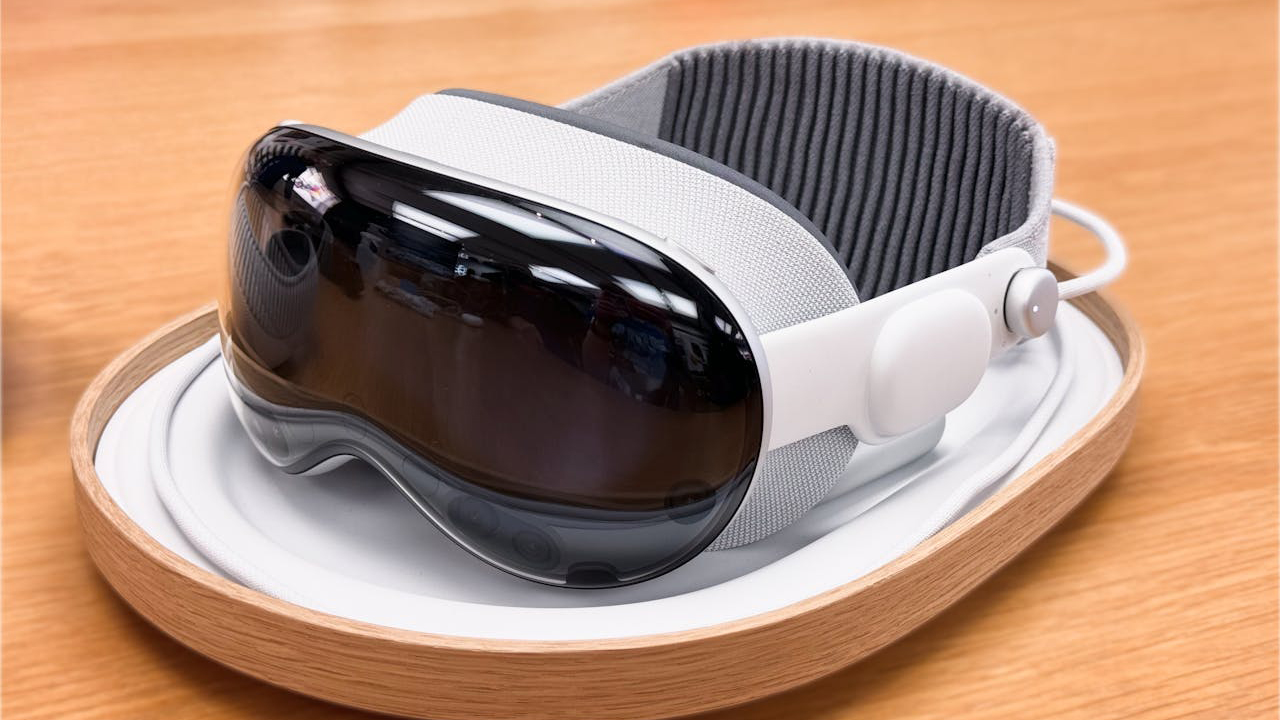Virtual reality (VR) has made significant strides in recent years, with advancements in technology and increased accessibility. However, despite these developments, VR remains a niche market, facing several challenges that hinder its widespread adoption.
Impressive Growth, Yet Limited Reach

Image Credit: Yan Krukau/Pexels
As of 2025, approximately 53 million U.S. adults own a VR system, and the global VR market reached $15.8 billion in 2023. Some projections suggest the global AR and VR user base could climb to 3.7 billion by 2029. And while 48% of U.S. consumers have tried VR at least once, that means the other half still hasn’t — underscoring just how much room there is to grow.
Barriers to Mainstream Adoption
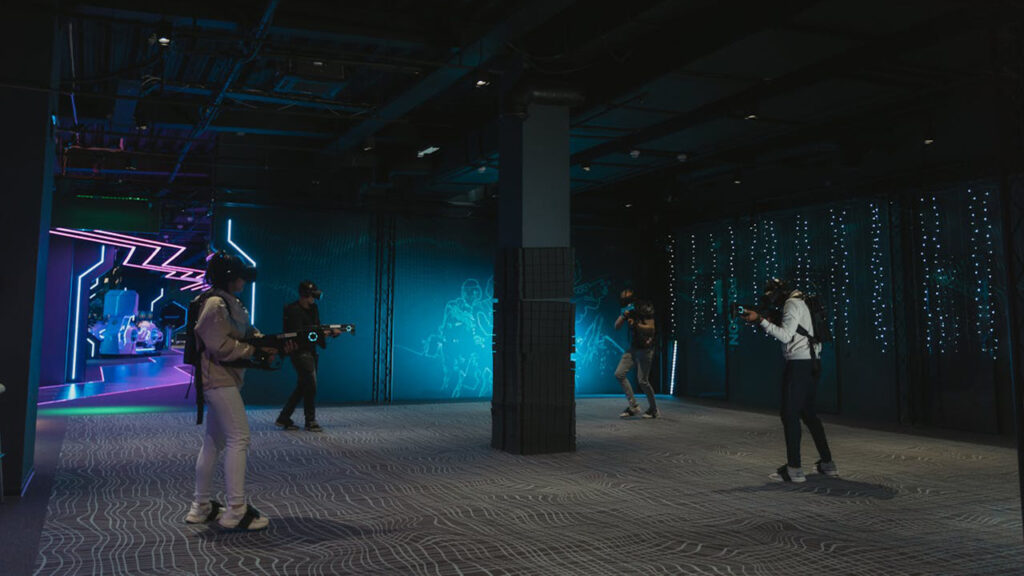
Image Credit: Tima Miroshnichenko/Pexels
Several factors contribute to VR’s limited mainstream appeal:
- High Costs: The price of VR hardware remains a significant barrier for many consumers. While prices have decreased over time, the investment required for a quality VR experience is still substantial.
- Limited Content: The availability of compelling VR content is still growing. Many users find the current offerings insufficient to justify the investment in hardware.
- Physical Discomfort: Issues such as motion sickness, eye strain, and the physical bulk of headsets deter prolonged use. These discomforts can discourage users from integrating VR into their daily routines.
- Complex Setup: The setup process for VR systems can be daunting for non-tech-savvy individuals, further limiting its appeal to a broader audience.
Enterprise and Specialized Use Cases
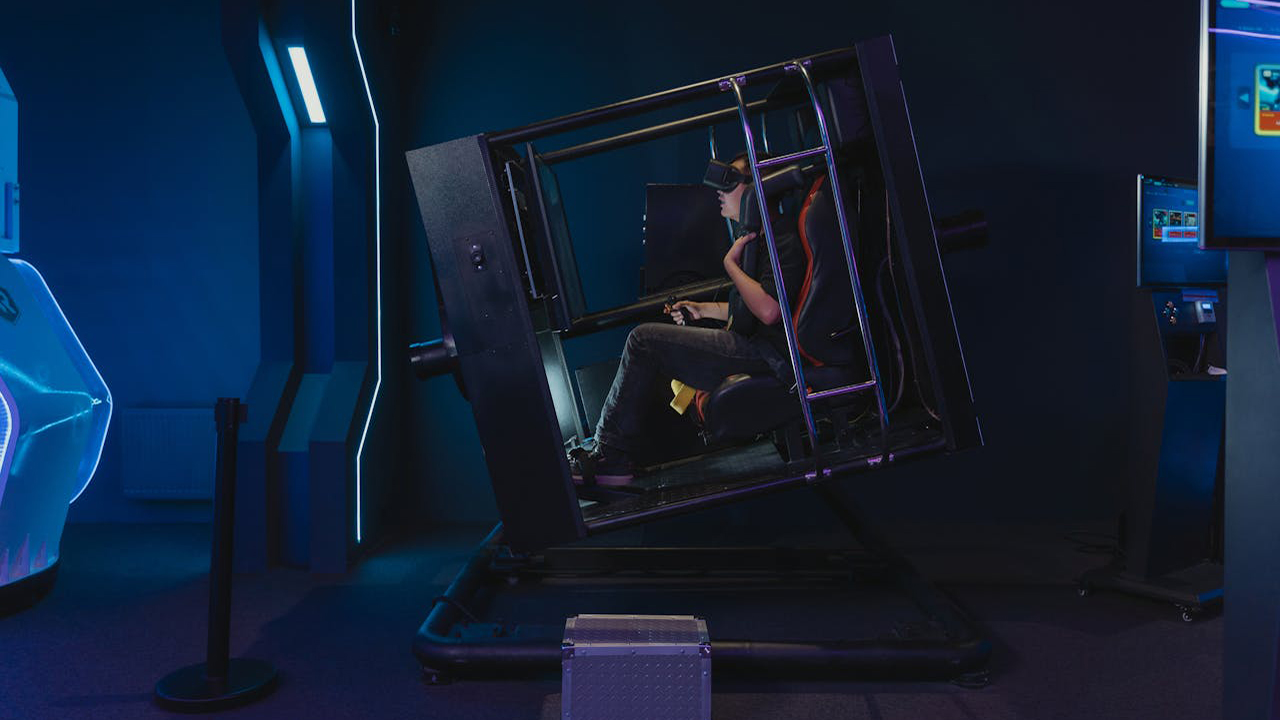
Image Credit: Tima Miroshnichenko/Pexels
Despite challenges in the consumer market, VR has found success in specialized applications:
- Training and Simulation: Industries like healthcare, aviation, and manufacturing use VR for training purposes, providing immersive simulations that enhance learning outcomes.
- Design and Prototyping: Architects and engineers utilize VR to visualize projects, allowing for more interactive and detailed design processes.
- Therapeutic Applications: VR is being explored for therapeutic uses, such as pain management and mental health treatments, offering new avenues for patient care.
The Road Ahead
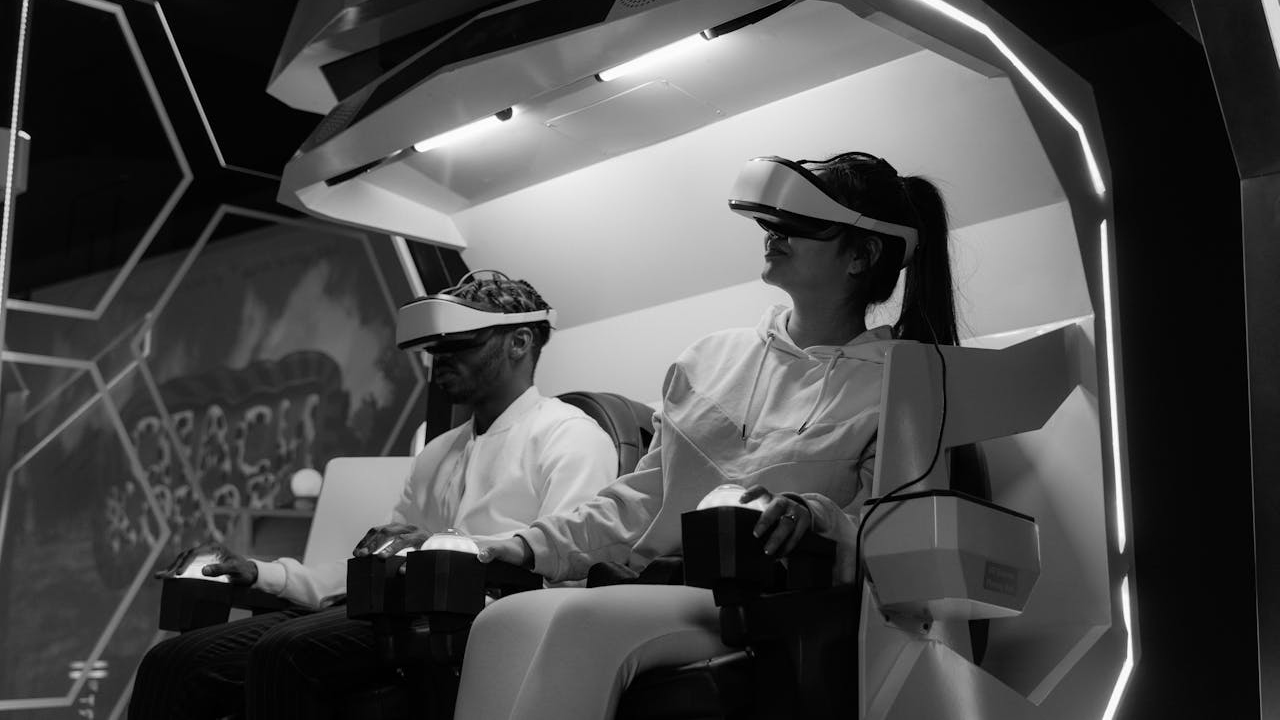
Image Credit: Tima Miroshnichenko/Pexels
For VR to transition from a niche market to mainstream adoption, several developments are necessary:
- Affordability: Continued reduction in hardware costs will make VR more accessible to a broader audience.
- Content Expansion: Developing a diverse range of engaging VR content will attract more users and provide reasons for regular use.
- Improved User Experience: Enhancements in comfort, ease of use, and reduction of physical discomforts will encourage longer and more frequent usage.
- Integration with Daily Life: Seamless integration of VR into everyday activities, such as work and social interactions, will increase its relevance and utility.
While VR has made significant progress, its journey toward widespread adoption continues. Addressing these challenges will be crucial in determining whether VR can move beyond its niche status and become a staple in mainstream technology.

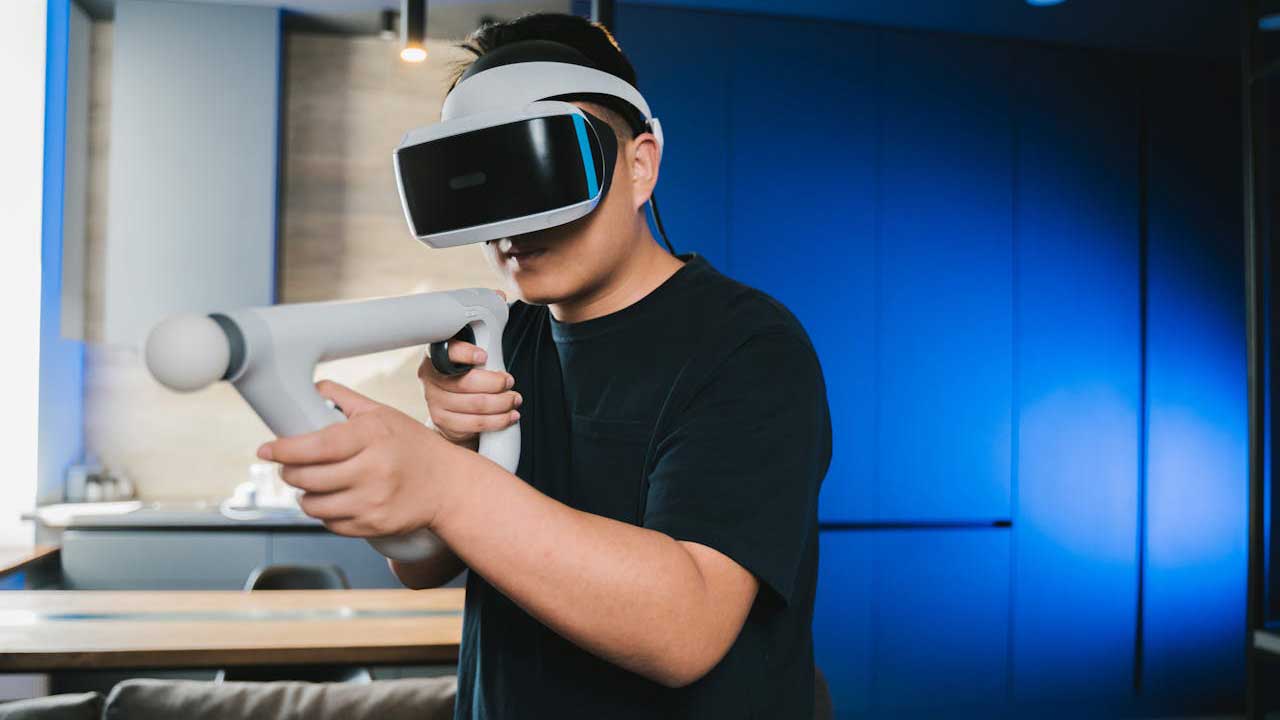
 By
By